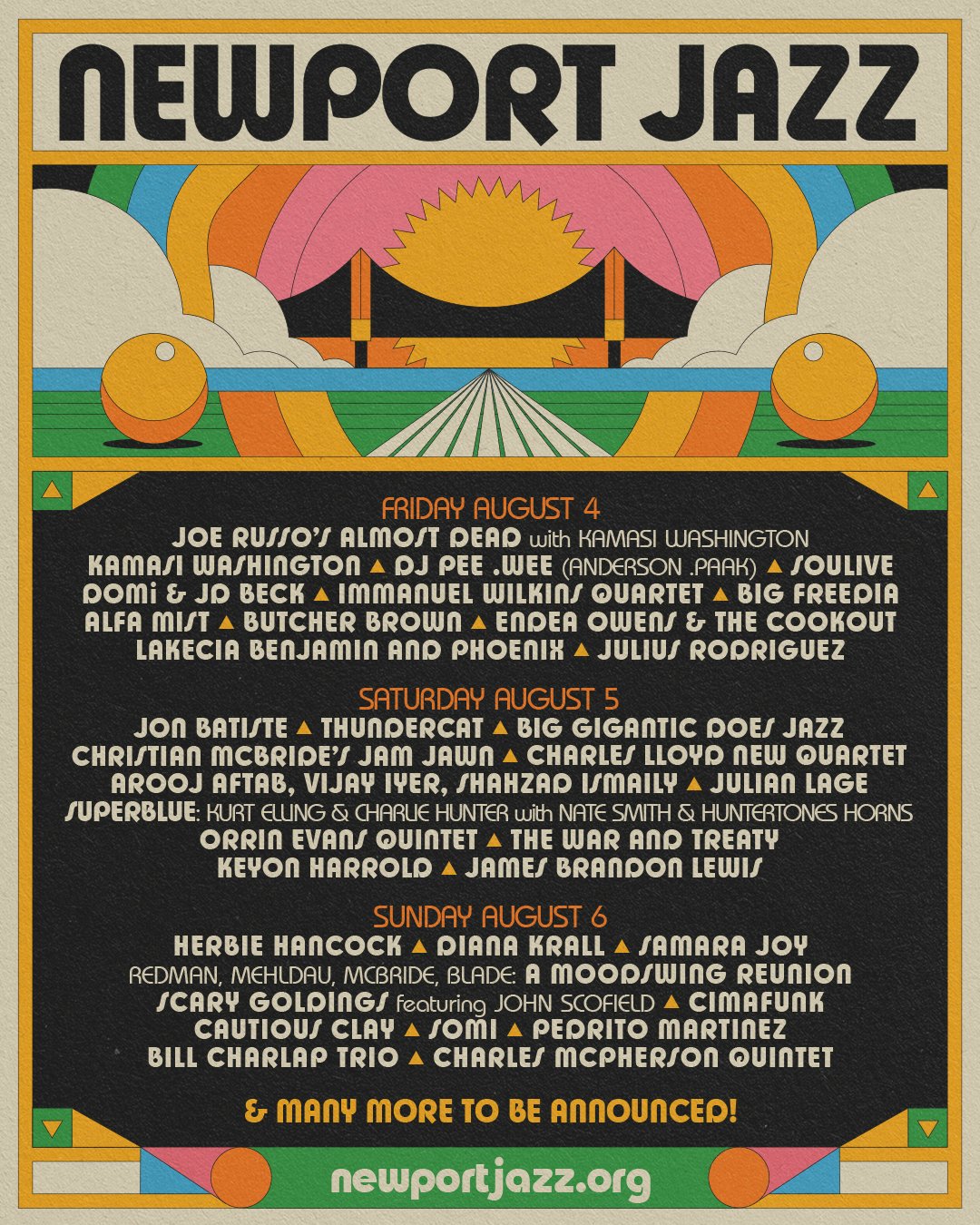NEWS
Featured
Now in his fourth decade as an artist, Redman defies complacency on Words Fall Short, a platform for the intuitive shadow-play of his new quartet with Paul Cornish, Philip Norris and Nazir Ebo.
“There are a series of firsts for veteran saxophonist, composer, bandleader, and multiple Grammy Award-winning Joshua Redman’s Where Are We…”
“Esteemed American saxophonist Joshua Redman has harnessed significant inspiration during pandemic times and conceived his first album with vocals.”




















